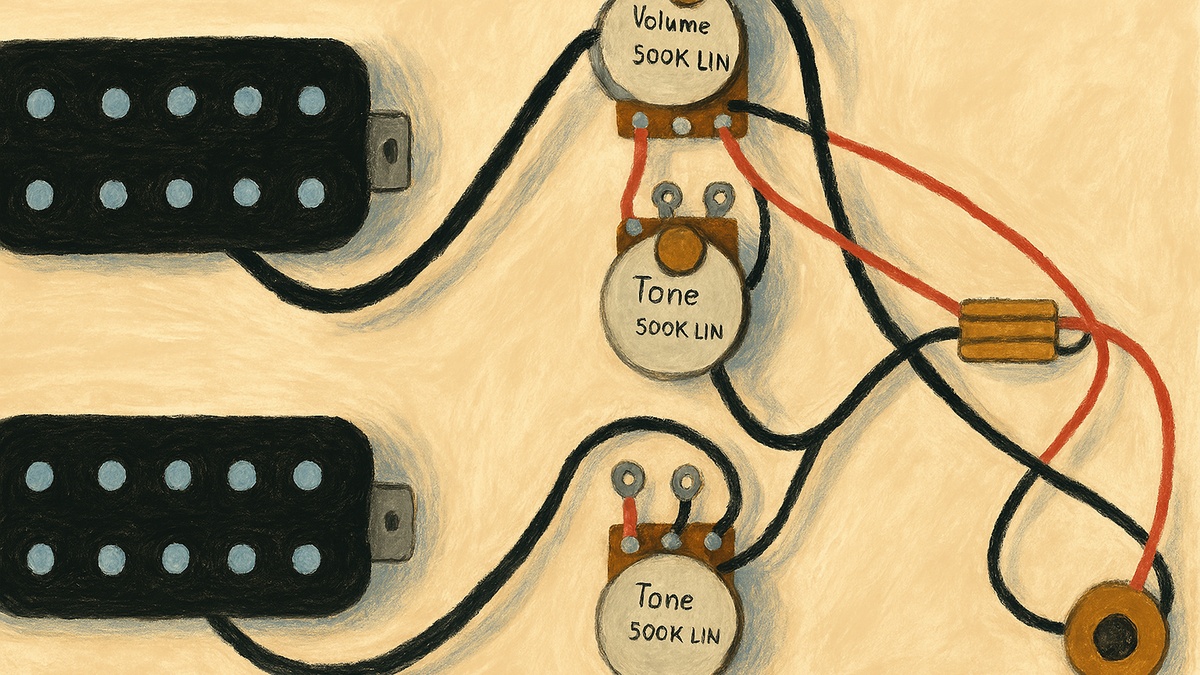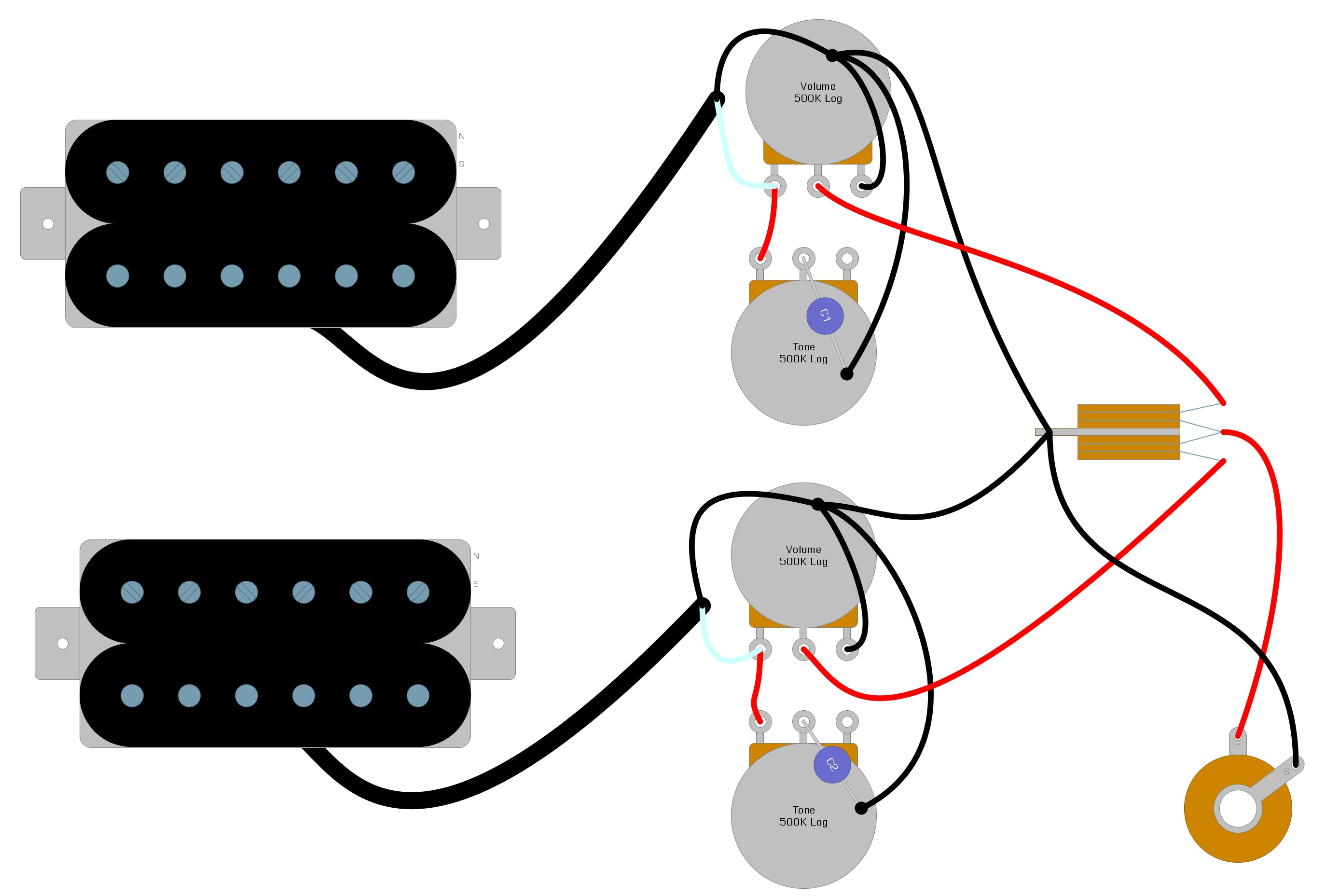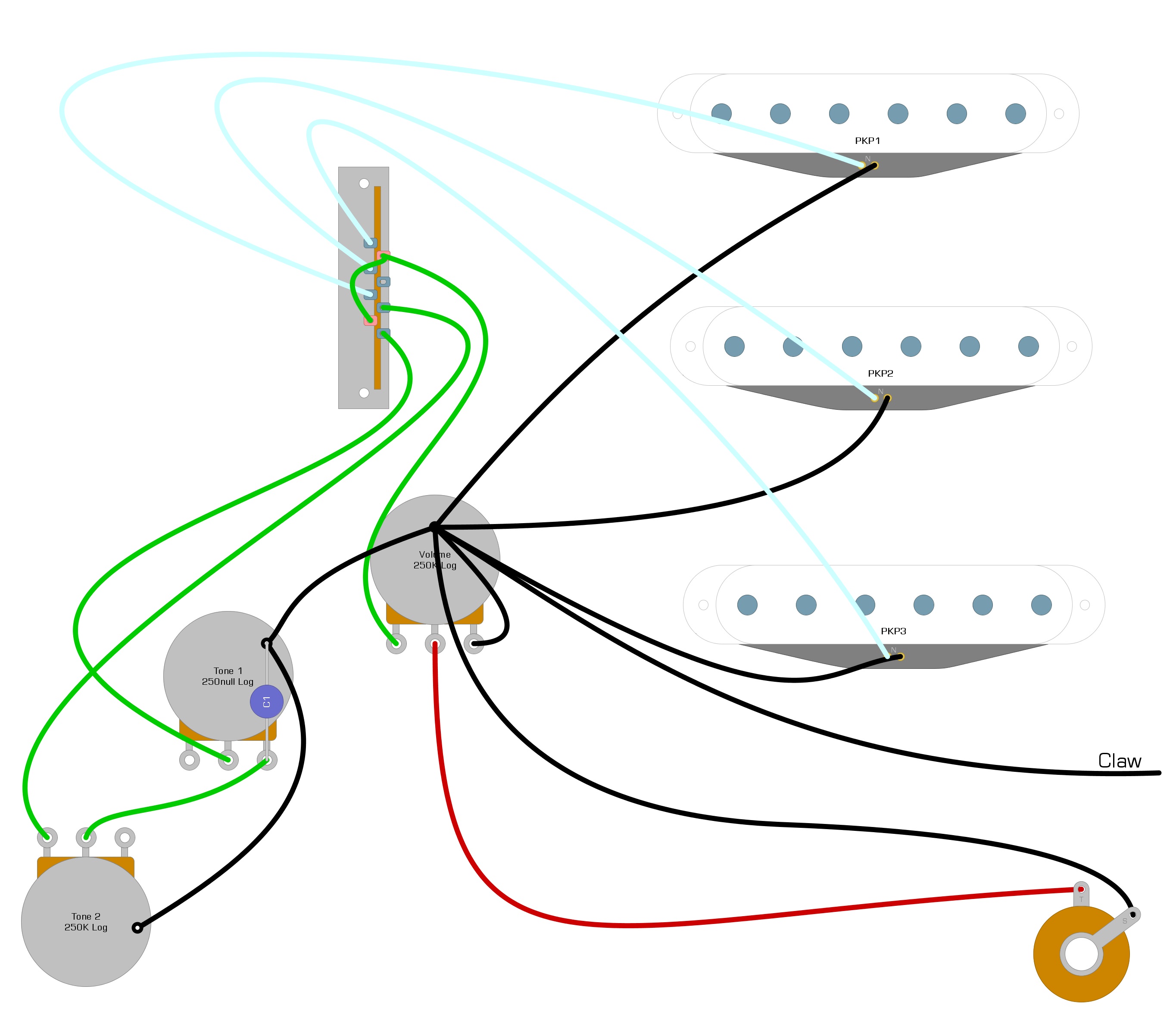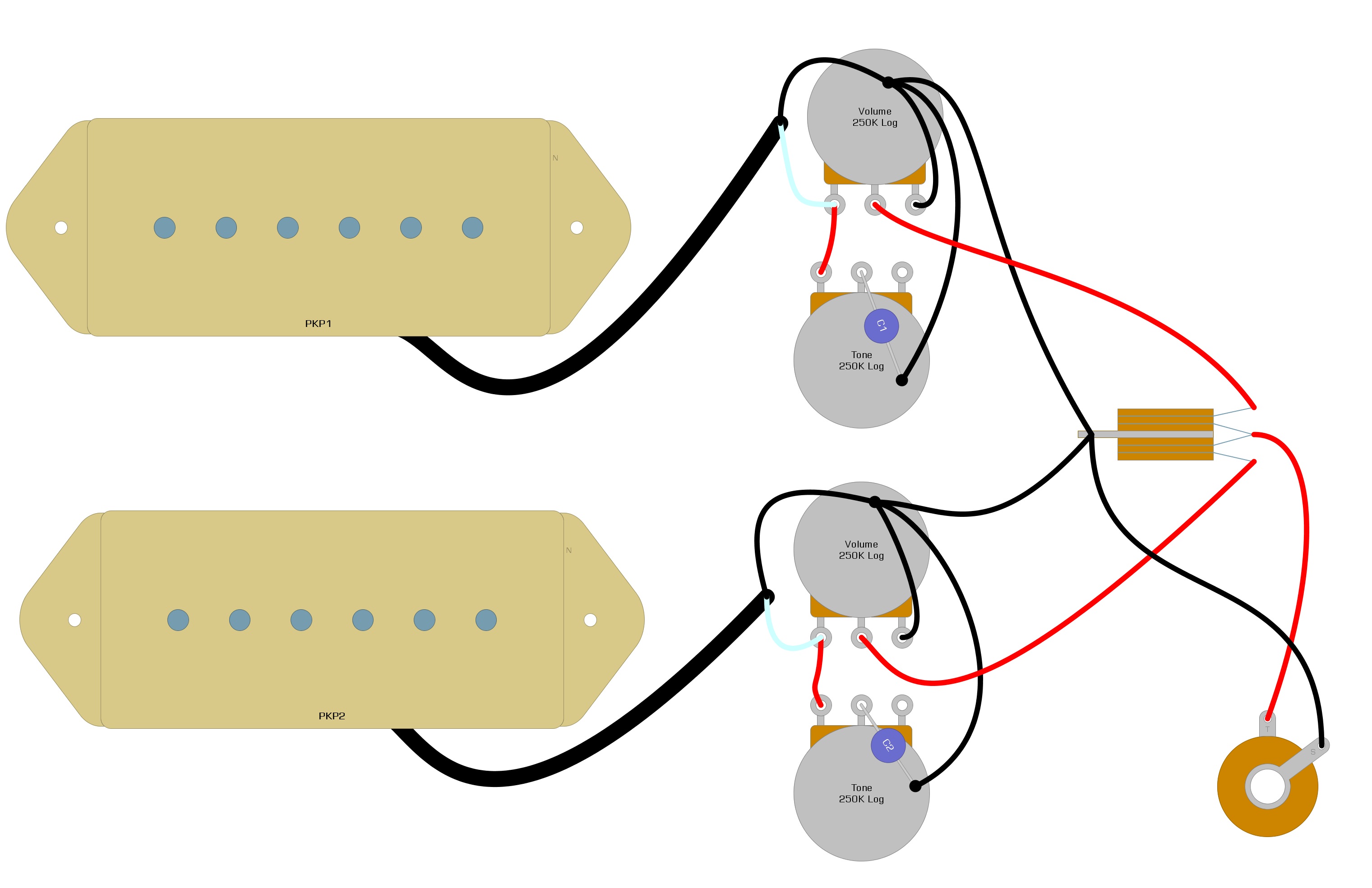
By Ed Malaker
Posted 04/19/2025
This guide will illustrate how to install all models of Stephens Design pickups in your guitar. We’ll cover everything from single-coils to humbuckers, and we’ll provide you with plenty of illustrations and diagrams to follow.
Dave Stephens created Stephens Design pickups after many years of working with other artists and playing the blues. His work allowed him to meet with such guitar greats as Jason Becker, Marty Friedman, and Rick Derringer. There are many different models to choose from, so let’s take a look at how to install each kind in this article.
Before You Begin
This article is for people who have some experience changing pickups and understand wiring diagrams. You should also know how to solder, install, and remove your pickups, and have the tools on hand to do so. If you need step-by-step instructions for installing your pickups, we have many wiring articles here at Humbucker Soup that can get you started. Simply search our site for your brand of pickup to get started.
Vintage Stratocaster Wiring
Fender Stratocasters have three single-coil pickups, and each one has two wires. Stephens Design offers several single-coil models to choose from, including the Tall Texan, Texas Mojo, and the Texas Twister. These pickups keep the standard wiring scheme of white as Hot, and black as Ground.
In Example 1, we illustrate a common way to wire single-coil pickups in a Fender Stratocaster.
Example 1
Vintage Telecaster Wiring
The Fender Telecaster has single-coil pickups that are very similar to Strats but have some slightly different features. The neck pickup is often chrome plated and is somewhat smaller than standard single-coils. The bridge pickup has a base with a special shape for installing it into the guitar. Stephens Design has plenty of Telecaster sets, including the Ice-House, and the B.G. ’Fifty One.
These pickups also have two wires per coil and keep the standard white as Hot, while black is Ground.
In Example 2, we illustrate a Stephens Design pickup installation in a Fender Telecaster.
Example 2
Vintage P90 Wiring
The next type of single-coil pickup we want to look at is the P90. These pickups were created by Gibson and used in most of their guitars before the invention of the humbucker. These pickups use a slightly different wiring scheme where a braided metal wire surrounds a single colored wire. In this scheme, the colored wire is the Hot, and the braided metal wire is the Ground. Stephens Design offers several models of P90 to choose from, including the popular Zephyr Blues line.
In Example 3, we illustrate how to install Stephens Design P90s in a Gibson Les Paul.
Example 3
Humbucker Wiring (Braided Wire)
When humbuckers first came out, they had the same wiring scheme as the P90 pickups. Over the years, most manufacturers gravitated toward four-wire humbuckers. However, many players prefer the simplicity of fewer wires, and you can still get most humbuckers with this wiring scheme if you order them direct. Stephens Design takes its P.A.F. replication extremely seriously and only creates a few each year. They construct each part meticulously to achieve a real vintage tone and a near-perfect reproduction of the original P.A.F. pickups created by Gibson.
In Example 4, we illustrate how to install Stephens Design humbucker pickups in a Gibson Les Paul.
Example 4

Conclusion
While they may not have quite the selection that many other pickup companies have, the Stephens Design Pickup’s attention to detail and personal touch definitely make their product worth trying out. Changing your pickups can be a great way to improve your tone and get out of a run. It also allows you to work on your wiring skills so you can perform repairs and modifications to enhance and personalize your tone even more.
We hope you’ve enjoyed looking over the Stephens Design pickup installation guide, illustrations, and boutique-style pickups. We hope that in combination, they’ve helped you get your pickups working. If you’ve found it helpful, please share this guide to Stephens Design pickup installation on Facebook and Twitter. For more articles on guitar electronics, visit humbuckersoup.com.



